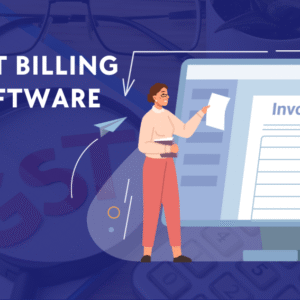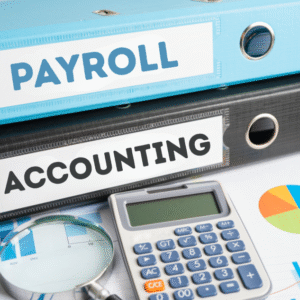From untimely car repairs to unexpected medical bills, life happens. And without the cushion of an emergency fund, you may rely on credit to pay the bills. While building an emergency fund might take you a few months or years, there’s a strategy that can accelerate that timeline.
Why do I need an emergency fund?
An emergency fund is a financial cushion designed to be a buffer between you and life’s unpredictability. You simply can’t anticipate things like job loss or car accidents. So, the extra cash you set aside in an emergency fund helps to make these rough times more bearable.
How big of an emergency fund do I need?
The general recommendation for an emergency fund is three to six months of living expenses. To come up with the best number for your household, you’ll want to factor in your job security, any other sources of income, and how long it would take to replace existing income given an unexpected job loss. For many people, the final amount ends up being anywhere from $10,000 to $20,000.
With an amount that large, you’re not going to want to stash the money under your mattress. Since you’d need to access cash quickly, it’s best to keep your emergency fund somewhere that’s easily accessible, like in a high-interest savings account or a money manager account. Be sure to do some research before deciding where to keep your money if you’re wondering what is a money manager account? The added benefit of either a savings or money manager account is that your money won’t lose value like it may if it were invested in the stock market, plus it can earn interest while it’s sitting in the account.
How can I build an emergency fund using the debt snowball method?
The debt snowball method is a popular debt-reduction strategy. The idea behind the debt snowball is to begin by paying off your smallest debt first. The satisfaction and sense of pride you feel from paying down the first debt propels your momentum to keep attacking larger debts until all have been paid down. It’s the financial equivalent of the snowball rolling down a hill and picking up more snow along the way.
Okay, but what does this have to do with building an emergency fund?
The debt snowball is not limited to only quickly paying down debt. You can flip the debt snowball upside down and turn it into an effective savings tool for your emergency fund. Here’s how.
Bucket your savings goals
Instead of listing your debts from smallest to largest, you’ll list your savings goals in order of priority. Imagine you’re saving in buckets for an emergency fund ($10,000), your upcoming wedding ($12,000), and a down payment on a home ($30,000). You’ll decide what’s most important (hopefully creating your emergency buffer!), then move on to the next step.
Set a minimum payment
When repaying multiple debts, you must meet the minimum payments each month. The same goes for your savings goals. You’ll want to establish a minimum payment to add to each savings goal each month. The minimum payments should be an amount that you can easily meet for each goal. If you have three goals, $25 per month might be a minimum payment you can easily manage.
Funnel extra money toward savings priority #1
As with the debt snowball for debt, you’ll want to pour any extra money you have each month into your top savings goal, which will be the emergency fund for most people. Once the emergency fund is fully funded, take the payments you were making and shift them to the next savings goal on the list. All the while, you’re continuing to grow the lower-priority savings goals by making your minimum payments.
And that’s how easy it is to leverage the debt snowball strategy to help build your emergency savings faster. By pouring all of your extra money into that high-priority savings goal, you’ll hit it far more quickly than if you continued to only contribute a small amount per month.
The bottom line
An emergency fund is a critical component of a well-rounded financial plan. And saving using the debt snowball strategy can make it much easier to see progress. Make sure to stick with it until your first savings goal is finished. Once you feel the satisfaction of saving a significant amount, you’ll feel inspired to keep going.






